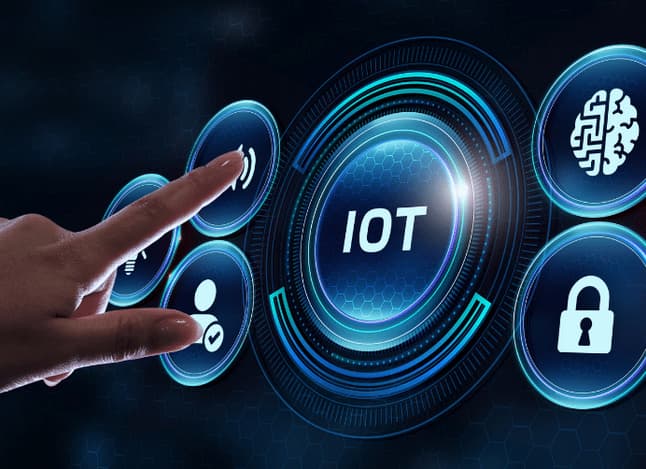The modern world is rapidly changing under the influence of the Internet of Things (IoT) and artificial intelligence (AI). These technologies not only transform the way electronics are produced and used, but also radically change the approach to their repair. Device repair, which was once an exclusively manual process, is becoming high-tech and intelligent. Let’s look at how IoT and AI affect this area and what prospects they open up.
IoT and fault diagnostics
With the advent of IoT, devices are becoming increasingly interconnected. Smart sensors built into modern gadgets collect data on the condition of components in real time. This enables predictive diagnostics, in which faults can be detected even before they occur.
Examples:
- Smart refrigerators send notifications about the need to replace a filter or a compressor malfunction.
- Cars with IoT systems inform owners and service centers about engine or brake system problems.
For repair professionals, this means access to accurate information about the breakdown, which speeds up the diagnostic and repair process.
Artificial intelligence in repair
Artificial intelligence is actively being introduced into the field of electronics repair, simplifying complex tasks and increasing the accuracy of work. Here is how AI affects this process:
1. Automated diagnostics
AI-based software solutions analyze data coming from devices and suggest possible causes of malfunctions. Such systems minimize human errors and reduce diagnostic time.
2. Support through augmented reality (AR)
AI combined with AR allows technicians to visualize the internal components of a device, showing step by step how to carry out a repair. Such technologies are especially useful for complex electronics, where it is important to take into account the smallest details.
3. Self-learning algorithms
Machine learning-based systems analyze millions of breakdown cases to improve their recommendations. This means that with each new case, diagnostics become more accurate.

New tools and approaches
Traditional tools for electronics repair are gradually being supplemented and replaced by new technologies:
- Smart multimeters: connect to smartphones and provide detailed data on the operation of components.
- 3D printers: allow you to create missing parts, reducing repair time and costs.
- Cloud platforms: unite specialists and provide access to a knowledge base, including drawings, instructions and reviews from other craftsmen.
Support for professional workshops
With the rapid development of IoT and AI, professional services such as Electronics Repair Shop are becoming increasingly popular. These workshops use advanced technologies to diagnose and repair devices, guaranteeing their fast and high-quality repair. Such companies integrate IoT solutions and AI-based software into their work, which allows them to optimize processes and offer customers customized solutions.
Turning to professionals becomes especially important when it comes to complex devices, such as smart home systems or high-tech gadgets. Electronics Repair Shop helps extend the life of electronics, making their use more environmentally friendly and cost-effective.
Environmental aspect
Electronics repair in the era of IoT and AI plays a key role in the fight against electronic waste. Instead of replacing devices with new ones, modern technologies allow you to extend their service life. This is not only economically beneficial for consumers, but also contributes to sustainable development, reducing the burden on the environment.
The future of electronics repair
The age of IoT and AI promises even more innovations in the field of repair. Systems are already being developed that can:
- Independently detect and eliminate minor faults without human intervention.
- Offer automated repair at the chip level with the help of robots.
- Use quantum computing to analyze complex breakdowns.
In addition, access to repair information is expected to become even more democratic, thanks to the development of open platforms and training programs.
Conclusion
Electronics repair in the era of IoT and artificial intelligence is becoming not only faster and more accurate, but also more sustainable. New technologies allow us to extend the life of devices, minimize waste, and simplify the work of craftsmen. There are even more opportunities ahead, and it is already clear that the future of repair is inextricably linked with innovation. This opens up new prospects for both specialists and users, making technologies more accessible and environmentally friendly.